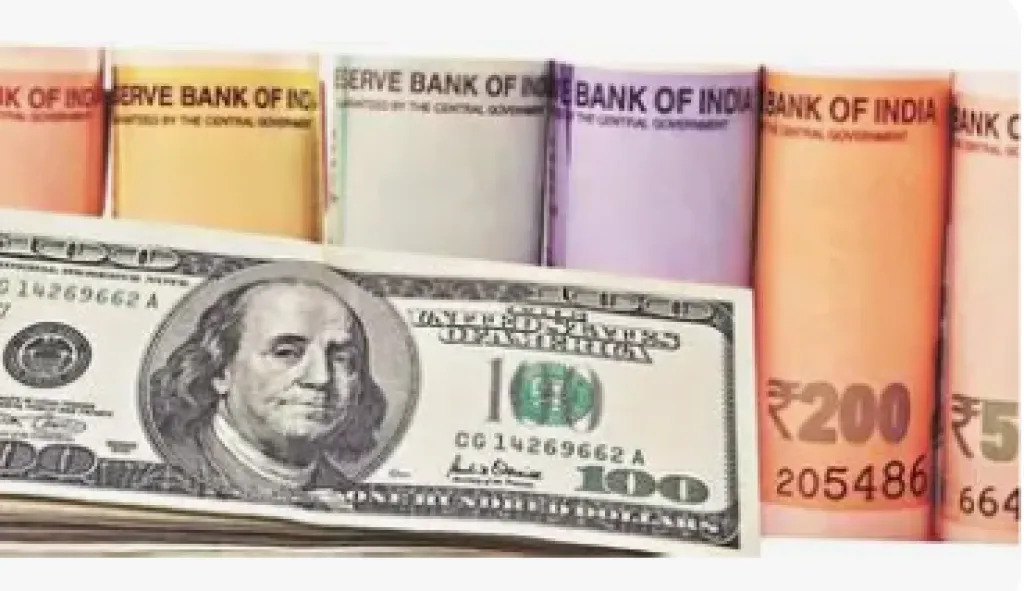Rupee Rebounds After Record Fall on RBI Support

The Indian Rupee reversed course on Monday after hitting lifetime lows, strengthening by 49 paise in early trade to ₹89.17 per USD.
Earlier in the session, the rupee had opened around ₹89.46 before rallying.
This recovery comes after the rupee had plunged 98 paise the previous session to close at ₹89.66, marking its steepest one-day fall in over three years.
Drivers of rebound
Several key factors contributed to the rupee’s rebound:
Intervention by Reserve Bank of India (RBI): Forex traders suggested that the RBI stepped in both in spot and non-deliverable forwards markets to support the rupee ahead of the domestic session.
Dip in global oil prices: Lower crude helped ease pressure on India’s forex demand side, aiding currency support.
Positive domestic equity market response: Early trade saw gains in major indices such as the BSE Sensex and the Nifty 50, which bolstered market sentiment.
Near-term risks and outlook
Market participants are closely watching prospects of a formal India–US trade deal. Optimism around a deal by December-end is cited by analysts as a key factor that may stabilize the currency.
However, caution remains. Traders warn that in the absence of such a trade deal, the rupee could face renewed pressure, potentially breaching the ₹90 per USD mark.
Over the year so far, the rupee has declined ~4.5% against the dollar and remains one of the weaker Asian currencies, exposing it to external volatility and domestic inflation risks due to import dependence.
Implications
A weakening rupee could drive up costs of imports (especially fuel and other essentials), potentially feeding into inflation.
On the flip side, rupee strength supported by central bank intervention could buttress capital markets and investor confidence in the near term.
The evolving trade negotiations with the US remain a pivotal swing factor for future currency stability.









